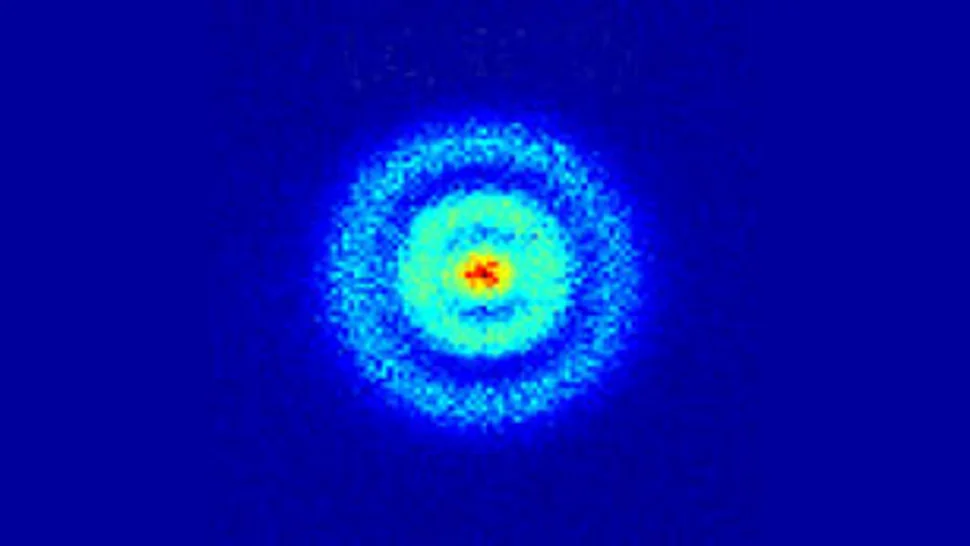SCHEMATIZING (36)
By:
May 30, 2024
One in a series of posts via which HILOBROW’S Josh Glenn will attempt to depict the intellectual and emotional highs and lows of developing a semiotic schema.

In the early 1900s, when physicists were first probing the insides of the atom, they thought that electrons likely traveled around the nucleus of the atom in an orbit. In the Rutherford–Bohr model of the atom, presented by Niels Bohr and Ernest Rutherford in 1913, the atom consists of a small, dense nucleus surrounded by orbiting electrons. (This is the solar system model of the atom; the electron travels around the nucleus like the Earth around the sun.) However this hypothesis didn’t fit the results of experiments. So physicists threw out the idea of an orbit.
A good metaphor for the current understanding of the electron is that it’s like a cloud around the nucleus. Physicists call this metaphorical cloud an “orbital.” In modern quantum mechanics, the electron in hydrogen is often depicted as a spherical cloud of probability that grows denser near the nucleus. (Electron clouds are locations that depict the probability of an electron being located there.) Shown here is a computer-generated image created by scientists in Amsterdam. It appeared in the May 29, 2013 edition of the science journal, New Scientist.
An “orbital” is a region in which the electron is likely to interact. The coloring of the orbital in this image reflects the varying probabilities of interaction. Many physicists would say that the orbital is the region in which the electron is likely to be “detected.” However, this can carry the connotation that the electron is a tiny particle, and we’re detecting it. But there is no consensus that the electron ever takes the form of a particle — even though most physicists call electrons and other subatomic things “particles.”
This excessively cautious language — drawing attention to its own figurative, metaphorical nature — is valuable for applied semiotics. Our semiosphere mapping exercises threaten to take on a certain literal-ness. We talk about “quadrants” and “territories,” “axes” and “positioning.” Our “codes” are said to “play within” certain territories and not others. But in describing how meaning works within a particular cultural or category “space” (another metaphor), shouldn’t we instead talk about a “cloud of probability,” an “orbital” in which meaning-things that aren’t actually material things somehow interact with more or less greater probability?
MORE FURSHLUGGINER THEORIES BY JOSH GLENN: SCHEMATIZING | IN CAHOOTS | JOSH’S MIDJOURNEY | POPSZTÁR SAMIZDAT | VIRUS VIGILANTE | TAKING THE MICKEY | WE ARE IRON MAN | AND WE LIVED BENEATH THE WAVES | IS IT A CHAMBER POT? | I’D LIKE TO FORCE THE WORLD TO SING | THE ARGONAUT FOLLY | THE PERFECT FLANEUR | THE TWENTIETH DAY OF JANUARY | THE REAL THING | THE YHWH VIRUS | THE SWEETEST HANGOVER | THE ORIGINAL STOOGE | BACK TO UTOPIA | FAKE AUTHENTICITY | CAMP, KITSCH & CHEESE | THE UNCLE HYPOTHESIS | MEET THE SEMIONAUTS | THE ABDUCTIVE METHOD | ORIGIN OF THE POGO | THE BLACK IRON PRISON | BLUE KRISHMA | BIG MAL LIVES | SCHMOOZITSU | YOU DOWN WITH VCP? | CALVIN PEEING MEME | DANIEL CLOWES: AGAINST GROOVY | DEBATING IN A VACUUM | PLUPERFECT PDA | SHOCKING BLOCKING.
